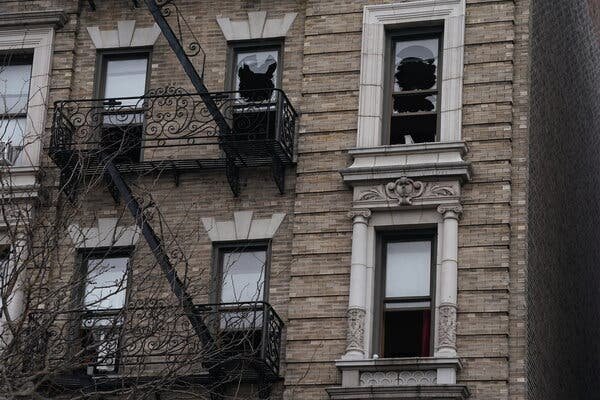Landlords can easily raise rents due to limited apartment availability, while constructing new developments is expensive and faces regulatory obstacles.
The Housing Crunch in New York City is a pressing issue that is impacting the availability of affordable housing options. The high demand for apartments in the city has led to landlords increasing rent prices due to the limited supply of available units. This imbalance between supply and demand is a key factor contributing to the high cost of living in New York City.
In addition to the supply and demand dynamics, the process of building and maintaining apartment buildings in the city is complex and expensive. Real estate firms face numerous challenges when developing new properties, which ultimately leads to higher costs that are passed on to renters.
For a real estate firm looking to build a large apartment building with both affordable and market-rate units, several factors come into play. The first challenge is finding suitable land for the development. In a city like New York, where space is limited and demand is high, finding available land in desirable locations close to amenities such as subway stations, parks, restaurants, and schools can be a daunting task.
Once land is secured, the next step is obtaining necessary approvals and permits for construction. The regulatory environment in New York City is stringent, with numerous zoning and building regulations that must be adhered to. This process can be time-consuming and costly, adding to the overall expenses of the project.
Construction costs in New York City are also significantly higher compared to other areas, due to factors such as labor costs, material costs, and regulatory requirements. Building a new apartment building requires skilled labor and high-quality materials, both of which come at a premium in the city.
In addition to construction costs, ongoing maintenance and operational expenses for apartment buildings in New York City are also substantial. Property taxes, utilities, insurance, and property management fees all contribute to the overall cost of maintaining a building, which is ultimately reflected in the rent prices charged to tenants.
Furthermore, real estate firms face financial risks when investing in affordable housing projects, as government subsidies and tax incentives are often needed to make these projects financially viable. Securing funding and navigating the complex web of financing options available for affordable housing developments can be a challenging process.
Overall, the high costs and challenges associated with building and maintaining apartment buildings in New York City have a direct impact on the affordability of housing for residents. The limited supply of available units, coupled with the high demand and rising costs, create a housing market that is increasingly out of reach for many New Yorkers.
Addressing the affordable housing crisis in New York City requires a multi-faceted approach that involves collaboration between government agencies, real estate developers, community organizations, and residents. By streamlining the regulatory process, providing incentives for affordable housing development, and investing in infrastructure and public transportation, the city can work towards creating a more equitable and accessible housing market for all residents.
Source: The NY Times









